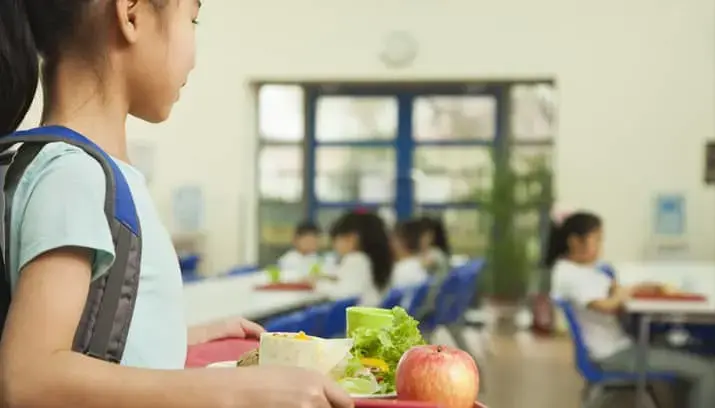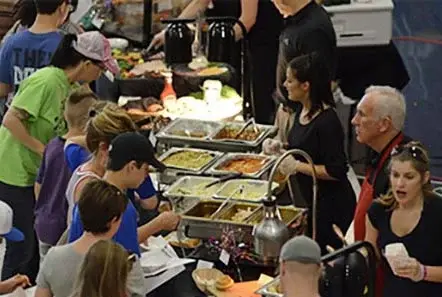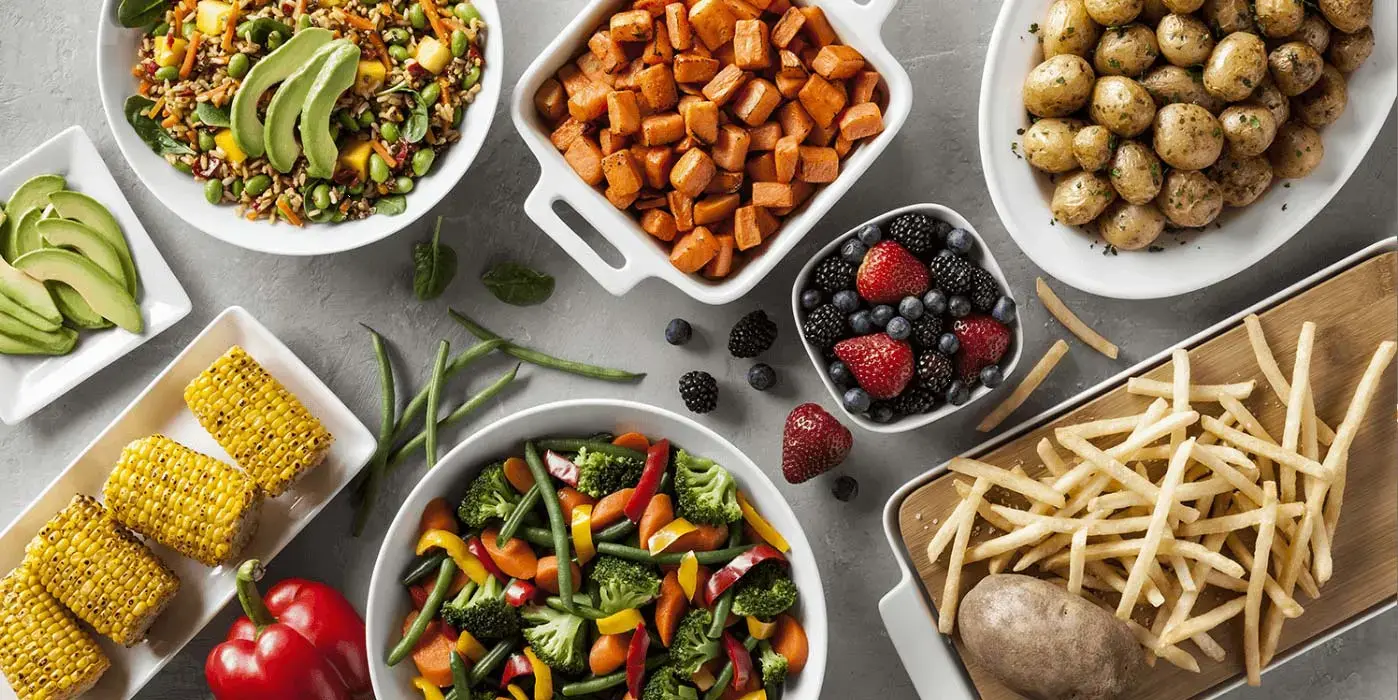K-12
Leaving the Federal School Lunch Program
2/23/2018

A Missouri school district brings in students and parents to chart a new course
It's the kind of thing that keeps Susan Raster up at night.
As the Director of Child Nutrition Services for the Wentzville School district outside St. Louis, she led the charge to take her entire district out of federal school lunch program in a bid to reverse years of decline in student meal program participation.
In doing so, she's forgoing sizable federal subsidies and commodity pricing advantages.
Look a little closer though, and you'll understand why.
"With the new federal regulations, it was all low sodium and whole grain. My kids couldn't get used to whole grain biscuits or whole grain pastas," she said.
"They started taking sodium out of natural products and my kids balked. They're like, ‘This has absolutely no flavor. It tastes like cardboard.' And even though we had flavor stations to use more seasoning, they didn't want any part of it. So they just started bringing their lunch."
The Wentzville School District is home to more than 17,000 students, and growing by 500 to 700 annually, so participation should have been rising. It wasn't.
"Our kids just kind of stopped eating. They didn't really care for breakfast and lunch anymore no matter what we tried or how we fixed foods that met regulations. We knew we needed a change. We just happened to be a low enough free and reduced school that we could do it," said Raster.
Inviting students and parents to evaluate new products
To make up for the federal subsidies, Raster is banking on dramatically increasing interest and participation in her school meal program. Her challenge was to get kids and parents excited about the menu again.
Her solution? Hosting an innovative tasting event where all students and parents were invited to try potential menu items and rate them, giving them a huge voice in what will be served.
Raster worked hard to get the word out.
"This was the first time we'd ever conducted a tasting. We posted on Facebook through our district account. We posted it on our website. We had the principals announce it. A little bit of everything," she recalled.
The response surprised even her.
"People were signed up well before the event happened. It was a Saturday and we had between 1500 and 2000 parents come," she said.
"We had 35 different vendors set up and everybody brought more than one product, so there were a lot to try. The kids and parents wanted to try all of it, so they were pretty good about standing in line and going all the way around."

Raster set up Chromebooks with a short online survey for students and parents when they finished. All received paper and pencils at the outset for taking notes and rating products as they went. At the end, they entered their feedback in the computers or their smartphones.
"They loved the tasting overwhelmingly, they were absolutely thrilled," she said. "We don't do those typically but since we were making so many changes, since we were getting out of the program I really wanted parents and students to have some input."
Simplot potato and vegetable products win over the crowd
Raster's vendors sampled over 200 different items, including many popular Simplot potato and vegetable products
"We tested about 10 Simplot products. We did a group of fries, different types of potatoes. We did the Infinity fries; Sidewinders they loved; SeasonedCrisp wedges they loved. We did a sweet potato lattice cut, crispy loop, potato gems. And then the others were vegetable blends: Santa Fe, California, Meadow and Edamame," she said.
"The Simplot products were overwhelmingly successful. We had ratings on the fries and Simplot won across the board."
The ongoing challenge of keeping it healthy
In spite of all the changes, Raster made one thing clear: she's not abandoning healthy eating.
"Even though we're getting out of the program, I'm not putting out high-fat foods. I'm still concerned about the nutritional value. But I do want to give them some flavor so they at least like to eat their vegetables," she explained.
"The kids definitely like the staples. I won't ever take away pizza completely or burgers because that's just something they expect to have," Raster said. "But we've always had fresh fruit, always and forever, and I'm not changing that."
Getting the math to pencil out
Raster is counting on the appeal of great new products to make her plan work.
"I knew how many students we were serving before the regulations and how much money we had coming in at that point. If you take that dollar amount per student and increase it to what we have now, we should be able to cover our subsidies and commodity prices. It wasn't a lot because we don't have that many free and reduced kids."
To help, she's enlisted the expertise of her vendors like Simplot seller Cindy Oswald.
"Cindy is great. She brings me new products, new ideas, makes suggestions, tells me what's going well elsewhere. She's been great to work with."
And considering what Raster is up against, she's grateful for the assistance.
"A lot of districts will pull out the high schools, but we pulled out the whole district. In different areas of the country, there have been a few here and there. But in general, people don't get out of it because the thought of having to make up that subsidy is mind-boggling," she said.
But with Simplot behind her, Raster rests a little easier.
"A lot of people across the country are watching to see if we make it," she said. "I believe we will."



